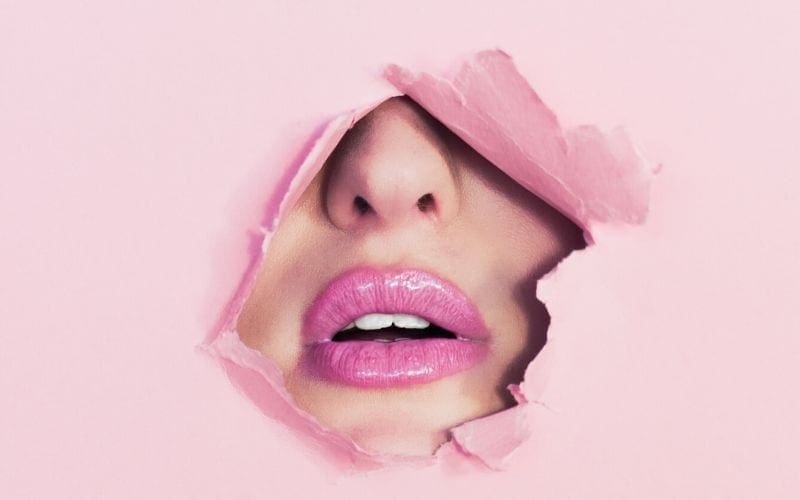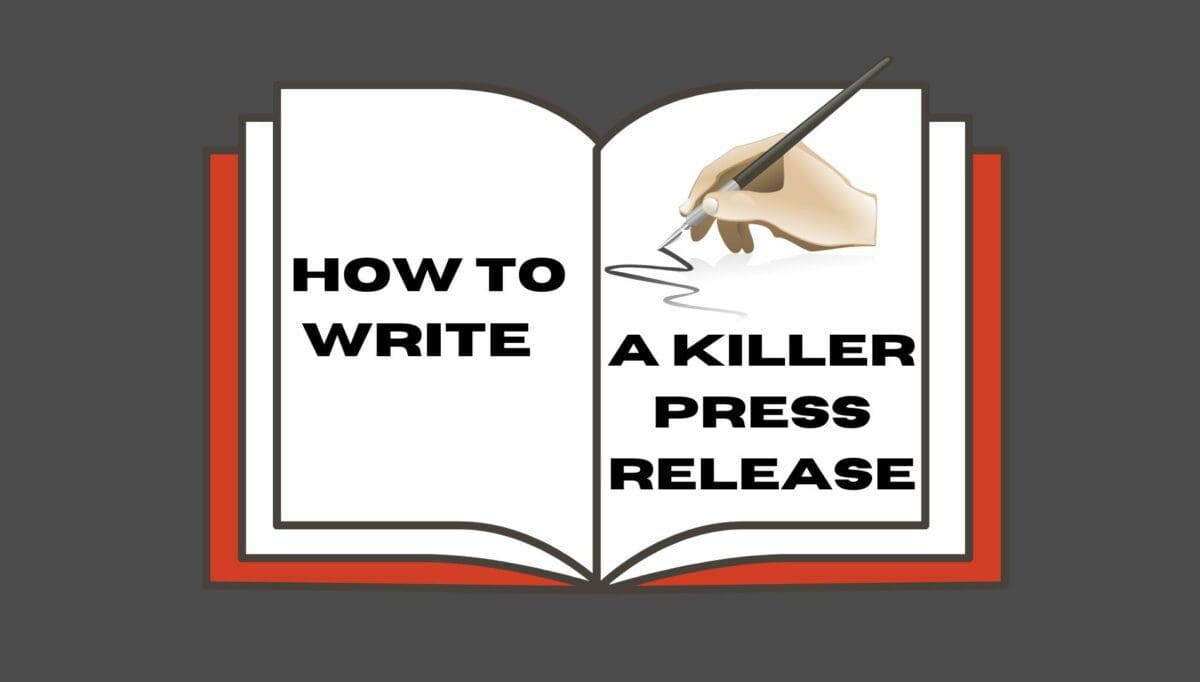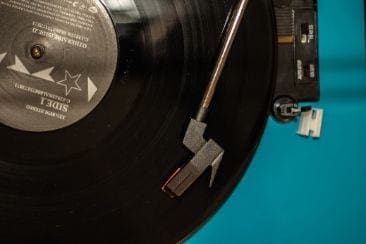The ever-growing pressure to build a brand that converts a listener into a fan is the greatest struggle that musicians face today. The hard truth is, in the modern world a talent without strategy is often a failure. So how to build a brand as an artist? How do you clear the mist of uncertainty regarding audience retention and sustainability of your music? Let’s answer those in this guide to music branding!
Meet our management and development team. Explore DIY Artist Help
The 21st Century ‘business’ of music like any other business, requires a proper approach, saleable content and brand identity. Many musicians who have great content fail due to the lack of two very basic things that define them as artists: The ability to connect with the right audience, and having effective music branding ideas.
You probably have a social media page and a website. However, it might be the case that your engagement is negligible and the only ones who appreciate your music are either your friends or their friends. Many times, when you decide to release music, you see a lot of buddies motivating you during the pre-release. You get a picture of a great-selling album, give autographs and getting decent gigs. But it might not turn out that way!
That’s why, in this article, we are going to change that while we help you try to identify the missing pieces of the puzzle and help you in branding yourself as an artist. This is also important when working with, or reaching out to record labels.
Let us start with understanding the term ‘brand’.
What Is A Brand?
A brand is anything that defines or represents you. It is a unique point like a name, symbol, caption or attribute that helps people identify you and differentiate you from others in the trade.

But wait, should you stop producing music and only focus on branding? No. You need something to brand, and that is your content. As they say, ‘content is king’; it definitely makes a lot of difference when your music is good and it helps in the organic reach of your music through sharing and word of mouth.
However, branding works in entirely different ways. You could be famous even when you are less talented. That depends on what kind of audience you cater to as well as your brand image and reputation. So let us look at the three big pieces of the puzzle one by one:
Defining Your Music

Own your music because it is personal. Your character, your perspective towards various things in life define your music so that is exactly what your audience should connect to, the real you and your real music. Once you understand this, you will be able to take the first step towards brand image strategy development as an artist. This will also be important when sending your tracks to music blogs to review.
In this context, I would like to share my own story. Back in college, I had a band and we used to play progressive rock, metal and at times, blues. While performing covers of famous bands like Dream Theater, Linkin Park & Metallica we used to slip in some of our original compositions.
Despite being great on stage and having recorded our first album, we failed to secure that ‘space’ which makes an artist evergreen and unforgettable.
Where Did It Go Wrong?

The first mistake was our band logo. The name was ‘Different Spectra’ and was supposed to be a soft rock and blues band. But the icon looked like thunder smashing through the letter ‘D’ to form the ‘S’. It looked pretty aggressive and we used almost all the colours of the VIBGYOR to represent the word ‘spectra’. That confused our audience. They did not know what to expect. Our brand image was not clear. Honestly, after a few months, even we did not know what kind of music we intended to perform. We were composing soft rock numbers but our audience wanted us to play hardcore rock and metal.
Most of the other local bands were rearranging famous country songs and the audience loved it. So we did it too. And yet again, our audience got even more confused, and at an individual level, I was too unwilling to perform those numbers.
We started playing music which we did not enjoy ourselves and eventually our audience started splitting away. What used to be passion and fun became more of a liability to perform for booked events.
So the point I am trying to make here is, revolutionising a popular music scene might be a risky affair but if your music tells a tale that is original you will not fail. Imitation can help during the early days, but in the long run, people do not need another Guns & Roses or another Beatles. They want something new and original. So be you, let your music represent your trueness.
Setting up the Logo & Colour Selection

Create a brand image – a logo for yourself or your band. This will help people identify you. The logo should speak for your genre of music and the stage character that you wish to portray as an artist. If Iron Maiden used a magic wand in their logo, you could easily misjudge their genre. But the sharp-edged letters in their logo clearly states the kind of music you can expect from them – even if you have never heard the band.
To understand the importance of brand image and branding elements, have a look at any of the famous music artists whom you identify with their logos, brand t-shirts and other merchandise.
Colours

Another very important factor is colour selection. We know that different colours represent different moods and attributes. For instance, if ‘Iron Maiden’ with the sharp-edged alphabet was written in baby pink, we would have thought it to be a girl rock band. This is because Pink as a colour is very feminine and also represents compassion.
However, as a matter of fact they used the colour red. So what do we get here – sharp letters representing action and tension; the colour ‘red’ representing energy and strength and the ‘black’ coloured background representing mystery and power. That is exactly what the band ‘Iron Maiden’ is about.

Make sure your music brand image remains the same across all platforms and marketing materials. Do not change the colour, shape or typography because the moment you do that, there is a disconnect. People won’t be able to recognise your brand or recall you. The extent to which you can modify the logo is to use flat colours like black, white or grey when required.
This means the font or the shapes used in your logo can be placed on a suitable background and still be visible enough to create the ‘brand recall’. And this goes without saying, that you should never change the font, aspect ratio, shapes, etc. used in the composite artwork that comprises your logo. When using images for album covers, make sure the image relates to the theme of the song.
You can use free logo maker software available online to generate suitable logos. If budget is not a factor, then the best way to go is to hire a professional to create a logo for you.
Brand Strategy

We talked about marketing in the previous section. Let us understand how it works. To begin with a brand strategy and marketing concepts for music you need to realise that branding for normal business is way different than that of music. The reason behind this is, music is something that connects emotionally and that is very personal to an individual.
A top corporate leader might be all polished on the outside, but might be as wild as Van Helen on the inside. Misreading such cases often leads to reaching the wrong audience. So what should be the approach for branding your music?
There are tools for reaching out to people on the internet like social media, search engines, ticketing websites and entertainment websites. On the offline front, there are out-of-home media like banners, posters and print media. For a new artist, the offline mode is way too expensive while the digital mode is more affordable with low maintenance costs.
Internet
Start by creating a social media calendar. Make a list of things you are going to post over a month’s period. Now that you have defined your music as mentioned in section #1 (Defining your Music). I assume you also have a logo as per section #2 (Setting up the logo & colour selection).
Now it’s time to identify what your audience likes about your music. It might also be a member of your band that pulls the maximum audience with their stage act, or style or just the way they talk. Utilise these hooks to engage your audience. Post regularly and remember one thing, people are curious about the personal lives of artists they like.

So posting a few clips from your studio or jam sessions, some candid moments and directly interacting with the audience in Q/A sessions via Facebook Live or Instagram Live, is a great way to grow your audience on social platforms.
When you have enough funds, try small amounts of internet advertising on social media and search engines like Google or Yahoo. ReverbNation is also a great tool to promote yourself and your music. These platforms can help you to reach a vast section of the potential audience who might have never heard of you. Advertising on Youtube with pre-roll and banner ads is the most popular way of marketing and promoting music videos. It has become more essential in today’s time where people tend to judge quality by the number of views and subscribers.
Stick To The Schedule
Never miss a deadline! It’s crazy how real fans actually wait for your content. So even if you have a small fan base to start with, do not disappoint them. If you have announced a new single on a particular day, do keep the promise. Regular content flow helps build your audience on Youtube. Use Youtube discussions to post updates about the band.
Once your account has decent subscribers, you will also be able to post stories and updates on Youtube just like Instagram. Make use of all such tools. The same also goes for events. Celebs are often late to events, but it is not an achievement. Your competition is not with your audience. So being there on time for your audience is equivalent to respecting their choice of choosing your music.
Always remember, if you are not serious about your music, you cannot expect your audience to take you seriously either.
Collaborate!

Collaboration with other content creators is also a great way to reach out to unexplored territories. Artist and brand collaborations can be fruitful and you get exposed to a whole new set of audience. You can sign up for an advertisement or opt for sync licensing.
If the new audience can connect with your music, what happens next is pure magic! But do keep in mind, your brand logo must be carried on all marketing materials evenly because that is the first visual contact that people make with you, even before they have heard you.
Also, respect the fact that your collaborator will make use of your audience to increase their fanbase. As an artist, you can become an influencer and help other brands grow with your own audience. So be open to creative collaboration and keep your ego out of it.
Learn much more about collaborating, why to collaborate and how to get the most out of it in this guide to music collaboration.
Merchandise

We all love freebies. But if you really worship a band, you’d still pay to get a t-shirt. Merchandising your brand is a great idea and probably the most widely used idea across the face of this planet. But to reach the space where people are actually willing to buy your merchandise is an achievement in itself.
Scout the possibilities and keep everything branded for your fans. You can give out branded caps, t-shirts, mugs, guitar straps, stickers, etc. as goodies to social media contest winners on your page but if your audience base is really growing, a good way to promote your brand is to actually put the merchandise on sale and see how it goes.
Be creative with the design, include powerful lines from your songs, or create graphic elements that represent a particular single or just the logo of your band. The psychographic nature of such sales is no different than an e-commerce company selling t-shirts. Using QR codes on merchandise that links to your website or social media pages is also a useful thing you can do to bridge your audience from offline to online.
Now It’s Your Turn
To sum it up, branding in itself is a huge topic to learn and work on. But for an artist, music branding starts with the first appearance, the first song and the first image that people get to see. Be consistent with your work and branding across your channels, for example, YouTube. The key is to become a part of people’s habits and grab that irreplaceable personal space.










